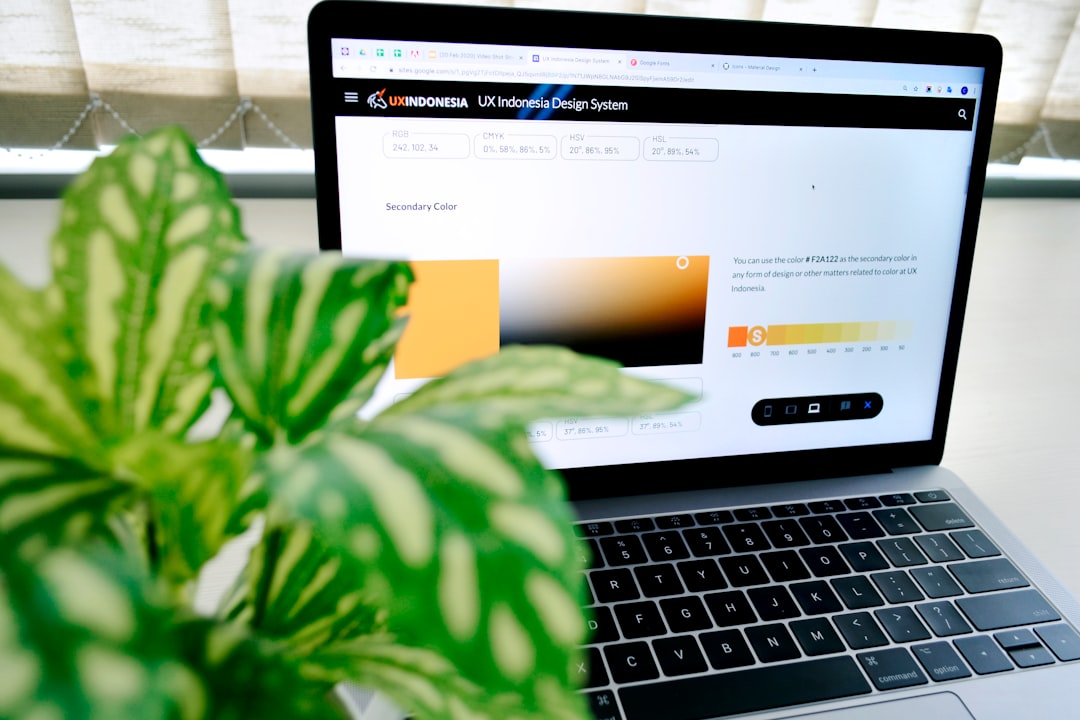Transforming Digital Landscapes: The Art and Science of User Experience Design
In today’s digital world, where every click counts, the role of User Experience (UX) Design has evolved from a mere afterthought to a fundamental pillar of successful digital products. Imagine walking into a beautifully designed store with well-organized aisles and friendly staff. Now, think about the opposite scenario: a cluttered, chaotic shop where you can’t find what you’re looking for. The same principle applies to websites and apps. A seamless user experience can mean the difference between a loyal customer and a frustrated one.
UX Design is more than just making things pretty; it’s about crafting a journey that guides users through a product or service in the most intuitive and enjoyable way possible. The goal is to align the needs and behaviors of users with the functionality and capabilities of the product. To achieve this, UX Designers dive deep into research, understanding user psychology, conducting usability tests, and employing various design strategies.
**Understanding User Needs**
Before a designer can even think about color schemes or button placements, they need to understand who the users are. This involves conducting user research through surveys, interviews, and observation. The insights gathered help shape the design to better fit user needs. By developing personas—fictional characters representing different user types—designers can visualize their audience and tailor experiences accordingly.
**The Importance of Wireframes and Prototyping**
Once designers have a solid grasp of user needs, they move on to wireframing. Think of wireframes as blueprints for a building; they lay out the structure without getting bogged down in details. Prototypes, on the other hand, bring those wireframes to life. They allow designers to test functionality and gather feedback before launching the final product. This iterative process is crucial; it ensures that the design evolves based on user feedback rather than assumptions.
**A Balancing Act: Aesthetics vs. Functionality**
In the world of UX Design, there is often a fine line between aesthetics and functionality. A stunning website can capture attention, but if it’s difficult to navigate, users will abandon it faster than you can say “bounce rate.” Therefore, designers must create a balance, ensuring that beauty does not overshadow usability. A minimalist design can often be the key—less is more when it comes to guiding users to their desired outcomes.
**Accessibility Matters**
An essential aspect of UX Design that often gets overlooked is accessibility. Good design is inclusive design. It’s not enough for a product to be visually appealing; it must be usable by people of all abilities. This means considering color contrast, text size, and navigation options to ensure that everyone can enjoy the experience, regardless of their physical or cognitive abilities.
**The Impact of Micro-Interactions**
Incorporating micro-interactions—subtle animations or design elements that respond to user actions—can significantly enhance the user experience. Think of the satisfying click of a button or the gentle animation when a page loads. These small details make interactions feel more natural and engaging, providing feedback and delighting users in the process.
**Staying Ahead of Trends**
As technology evolves, so too do the principles of UX Design. Trends such as voice interfaces, augmented reality, and personalized experiences are reshaping how designers approach their work. Keeping up with these trends not only enhances the user experience but also ensures that products remain relevant in an ever-changing digital landscape.
**Conclusion: The Future of UX Design**
In a world where competition is fierce, investing in User Experience Design is no longer optional; it’s a necessity. As we move forward, the focus will likely shift even more toward creating empathetic designs that prioritize the user’s emotional journey. The future of UX Design is bright, and it promises to make our digital interactions not just functional, but also profoundly human. So, whether you’re a seasoned UX designer or just dipping your toes into the waters, remember that every user interaction is an opportunity to create something exceptional.

